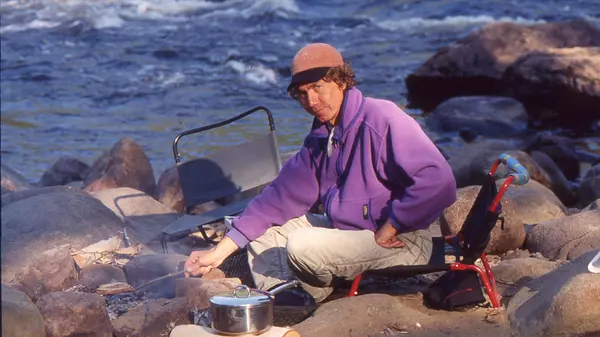Our ambassador Alexis "le randonneur" has published a guide, Guide pratique du randonneur, that will please both the Sunday hiker and the most experienced hiker. This book is all about equipment, food, survival and a lot of tips to fully enjoy the trails. In this article we share with you some highlights from the book.


Technical clothing
We talk about technical clothing because it has particular and innovative properties. Over time, outdoor enthusiasts have abandoned denim and absorbent cotton for these textiles with specific roles. Fire resistance, water resistance, electrical conductivity, anti-static, protection, insulation, anti-cut, anti-mosquito, etc. Today, we regularly talk about intelligent textiles that can provide a multitude of data on our health status for example. All these technological advances in outdoor clothing now also apply to urban clothing, which also combines them. This is what we can call the "techwear" wave, which is already established and on a strong momentum.
Technical inevitably sounds like specialized. It's not wrong to hear it that way. Every piece and every composition has a specific use and purpose. There are many options but it is important to keep in mind that there are two main families. The artificial yarn clan and the natural fiber tribe.
Once you know this, the question comes up. Which side are we on? We believe that we should split between the two. Because each fiber has its advantages and disadvantages. The natural fiber is more expensive in general, dries less quickly and is heavier. But it is much warmer and more compressible. It will depend on the environment, the weather conditions that we may encounter and the desired weight.

The basics for the hiker
- Socks with reinforcement
- Pants (convertible)
- Shirt (roll-up sleeves)
- Shoes and hat
- Optional: Gloves and multifunctional collar

Care & Maintenance
When you invest hundreds of dollars in technical clothing for its undeniable benefits, you need to know that the way you care for it has a direct impact on its lifespan.
The first step to remember is to read the label on the garment in question. It is essential to follow the manufacturer's instructions. The label contains at least pictograms, which are often accompanied by a written instruction. If you don't understand anything, Google will be a good ally in studying the labels!
Get the guide to discover the secrets of multi-layering, soaps for cleaning, techniques for washing merino wool, caring for comforters (and so much more!) and become a pro with hiking clothes.

Blog
See all articlesSign up to get 10% off your first order.
A confirmation email containing your promotional code will be sent to you. If you cannot find it in your inbox, please check your spam folder.
By subscribing, you accept that we will send you emails concerning promotions, events, products and other exclusive advantages that are only available to our subscribers.








